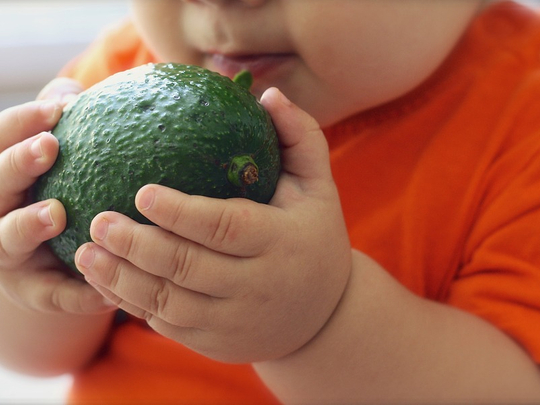
As a parent, nothing is more important than your child’s health and wellbeing, hence it’s natural to be concerned when your child refuses to ‘eat greens’ or resorts to a tantrum at the dinner table. With a variety of creative ideas available, it is not always possible to make every meal a work of art.
Here 5 easy steps to ensure your child enjoys their next meal time.
Get started right
Breakfast is the most important meal, however it doesn’t help that it comes during the most hectic and rushed hours of our day. Mornings set the tone for our busy day ahead and hence being emotionally and physically geared up is important, even if it means waking up early that extra half hour to ensure a smooth transition between home and school. Make sure to avoid a rushed mealtime or nagging on your child, if a bowl of cereal is all there is time for, ensure there are some healthy treats like nuts, dates or fruits in the bowl too. If your child refuses to eat them, a great way is to crush them into a dry paste and store to add to any meal when required.
Dress it up
Sometimes, even before your child eats their meal, they may have developed an aversion to meal time. So, surprise them! You can make a smiley face with fruits or use molders and cutters to dress up your sandwiches; a quick fix is by turning different containers upside down to create fun shapes. A colorful plate is one that will surely be consumed quickly; keep a variety of different colored fruits and vegetables in fun patterns or create fun characters like ‘Mr. Lettuce is coming to dive right in’.
Skewer it
Skewers are a fun addition to preparing meals and can be used in a variety of ways. Store skewers in a variety of sizes, you may also add food color on them to get an array of different colors. Instead of bulky sandwiches, just dice up all the ingredients for a regular sandwich and make it fun. Involve your child in making the food skewer it is a great way for them to be part of the process and also develops fine-motor skills.
Food charts
If your child is fussy about eating certain foods make it a rewarding experience by showing them a weekly chart. For instance, if they do not like greens, make sure every day when they eat a green vegetable it is up on the chart with a picture of that food. It could be a smiley face, a simple tick or star. At the end of the week, with your child, count how many days they have eaten their greens and decide upon a specific treat or prize. Motivate them constantly through the week; it gives your child something to look forward to and a great way to encourage the sense of ‘earning’ a reward.
The forbidden
There is no point trying to forbid certain junk foods or sugary treats, this will make your child only crave for them when they watch others at school eating them or may result in binging on them later in life. Instead, create special ‘treat’ days where they can choose a treat for themselves. If your child enjoys sugary chocolates, try a healthier option like a homemade fruit juice ice-lolly instead. Experiment with different flavors and your child might just forget about junk food altogether.
Remember, children will eat when they are hungry. Making them anxious about mealtime could result in serious conditions later on. So be patient and let the hunger pangs takeover and in the meantime enjoy creating these lifelong memories with your child.
- Sanobar Mistry is a published journalist and currently a kindergarten teacher in Dubai.








